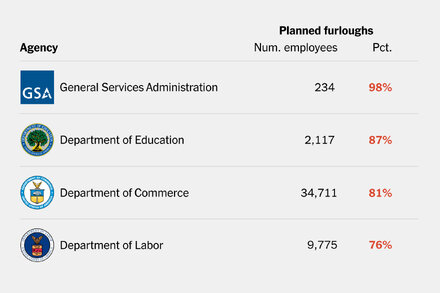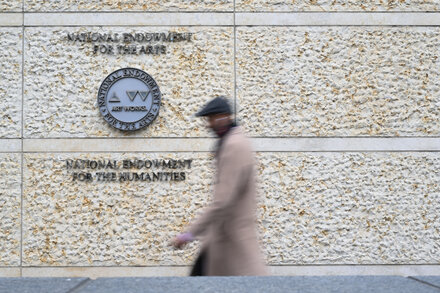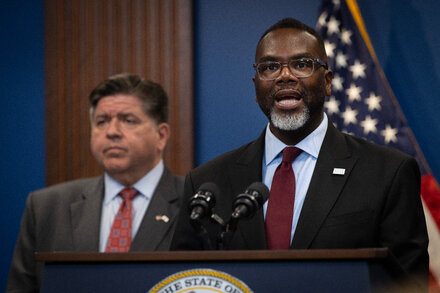A looming government shutdown casts a shadow of uncertainty over federal employees, prompting questions about the number of workers who could face furlough. Historical data and current agency guidance shed light on the potential scale of this impact.

A looming government shutdown can trigger widespread uncertainty for millions of federal employees, with the number of workers facing furlough depending on the scope and duration of halted appropriations. While the exact figure can fluctuate with each potential shutdown scenario, historical data provides a clear indication of the significant impact.
When federal funding lapses, government agencies are required to cease all non-essential operations. This necessitates identifying “essential” personnel who must continue working without pay to protect life and property, and “non-essential” employees who are sent home on unpaid leave, known as furlough.
The total number of federal employees stands at approximately 2 million civilian workers, in addition to active-duty military personnel. Historically, a substantial portion of the civilian workforce has been affected during past shutdowns:
- During the 16-day government shutdown in October 2013, an estimated 800,000 federal employees were furloughed.
- The 35-day shutdown from December 2018 to January 2019, the longest in U.S. history, saw approximately 380,000 federal workers furloughed, while another 420,000 “essential” employees were required to work without pay. In total, around 800,000 employees were directly impacted by a lack of appropriations.
Who is Furloughed and Why?
The Office of Management and Budget (OMB) guides agencies on what constitutes an “essential” or “excepted” activity. This determination is made at the agency level and can vary. For instance, employees vital for national security, public safety, law enforcement, border protection, air traffic control, and emergency services are typically deemed essential. Active-duty military personnel are generally not subject to furlough, though their pay may be delayed.
Conversely, employees involved in administrative functions, research, grant processing, and many regulatory activities are often considered non-essential and face furlough. The specific services disrupted can range widely, affecting everything from national park operations to processing of passport applications and federal loan services.





